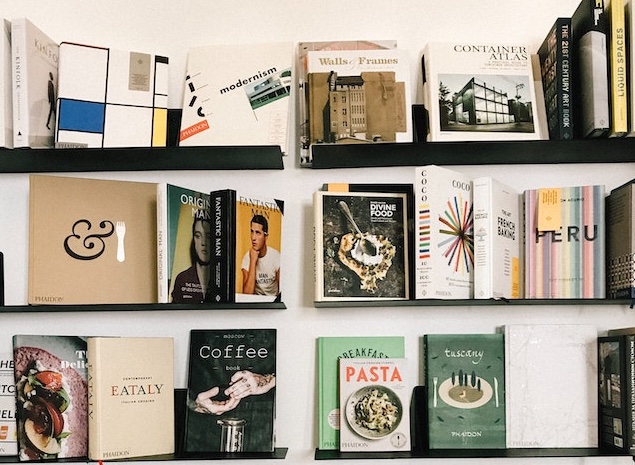Book tropes are recurring motifs, narrative devices, or character stereotypes frequently encountered in literature. They serve to invoke a sense of familiarity among readers and provide a structural foundation for the narrative. While some tropes might be perceived as overused, their effectiveness can endure when executed skillfully.
Here’s an exploration of some of the most prevalent book tropes:
Enemies to Lovers:
This trope showcases two characters initially at odds who eventually discover love. It’s a staple in various genres, including romance, fantasy, and young adult fiction. Notable examples include Jane Austen’s “Pride and Prejudice,” Sally Thorne’s “The Hating Game,” and Suzanne Collins’ “The Hunger Games.”
Farm Boy to Hero:
This trope revolves around a protagonist of humble origins who ascends to heroism. It’s a common theme in fantasy and science fiction literature, with iconic works like J.R.R. Tolkien’s “The Lord of the Rings,” J.K. Rowling’s “Harry Potter,” and Suzanne Collins’ “The Hunger Games” employing this motif.
Chosen One:
The Chosen One trope features a protagonist destined to save the world or achieve a grand quest. Often seen in fantasy and science fiction, it’s evident in works like J.R.R. Tolkien’s “The Lord of the Rings,” J.K. Rowling’s “Harry Potter,” and Suzanne Collins’ “The Hunger Games.”
Love Triangle:
In this trope, three characters navigate a romantic entanglement, with two individuals vying for the affection of one, or one person torn between two lovers. It’s a staple of romance and young adult fiction, evident in titles such as Stephenie Meyer’s “Twilight,” John Green’s “The Fault in Our Stars,” and Jenny Han’s “To All the Boys I’ve Loved Before.”
Forbidden Love:
This trope involves two characters in love but thwarted by social or cultural taboos. It’s a recurring theme in romance and young adult fiction, as seen in classics like William Shakespeare’s “Romeo and Juliet,” Nathaniel Hawthorne’s “The Scarlet Letter,” and Suzanne Collins’ “The Hunger Games.”
These are just a sampling of the numerous prevalent book tropes. Tropes offer flexibility to craft diverse narratives and can be adapted to various genres and settings. While some may label certain tropes as cliché, their effectiveness endures when thoughtfully employed.
For those seeking to incorporate book tropes into their writing, consider these tips:
-
Add a Personal Touch: Don’t merely replicate a trope; inject your unique spin and creativity into it.
-
Leverage Tropes for Conflict: Tropes can serve as a foundation for character conflicts and tensions, making your story more captivating and suspenseful.
-
Subvert Expectations: Experiment with subverting tropes to surprise and engage your readers. It can inject freshness and intrigue into your narrative.
Ultimately, the key is to employ tropes in a manner that complements your story’s needs. When done effectively, this approach can help you craft an exceptional book.
